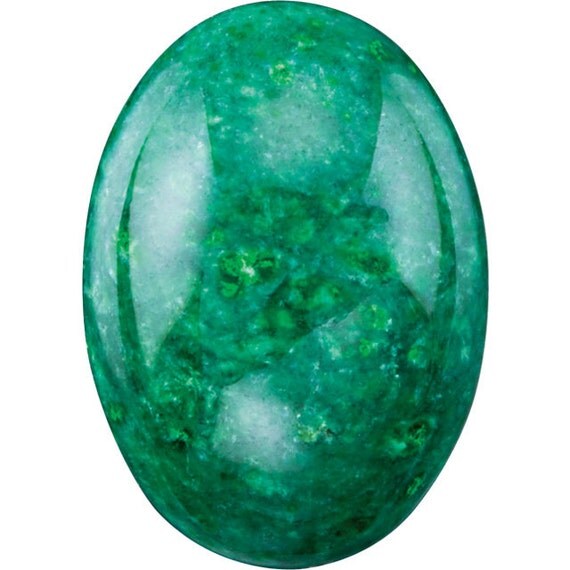

The more I read about him and his reign, the more fascinating I found him. I guess the thing that surprised me the most was learning about Emperor Xuande. The most enjoyable part of the research, for me, was the field research: visiting the amazing places in the novel. The fiction is an extension of the history.

But the jadeite tablet itself and the more recent history about the collector who hid it and left clues for a worthy collector to find it was all fictional.

For example, the jadeite tablet everyone is after in this book is fictitious, but Emperor Xuande of the Ming dynasty was a poet and lover of art, and he reportedly loved one of the concubines he kept in a palace of unusual beauties. I took some liberties where there were gaps. Most of the Chinese history featured in the book is accurate. Is all of the history accurate or did you take liberties at times? Which part of the historic research did you enjoy most? Which surprised you the most?ĮDG. This is a fascinating novel, not only because of the many beautiful locations you describe, but also because of the Chinese history you include. Today Goodman gives us some insight into how he created this colorful story. When an unknown collector sends retired investigator Clive Allan along with Asian beauty Wei Wei to China to search for the lost jadeite tablet of Emperor Xuande of the Ming dynasty, the elements of the novel begin to swirl like a kaleidoscope. The result is The Color of Jadeite, a noir novel that’s packed with fast action, riveting characters, and a sense of purpose. Goodman takes this combination and stirs it up with a mystery that hinges on clever hidden clues and long-held secrets. Then put him in a beautiful location with fascinating history and culture and give him a soul that’s open to change.


 0 kommentar(er)
0 kommentar(er)
